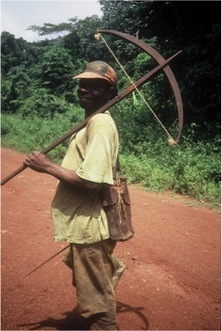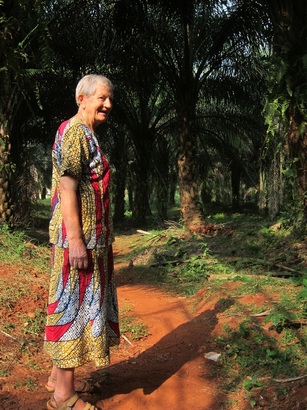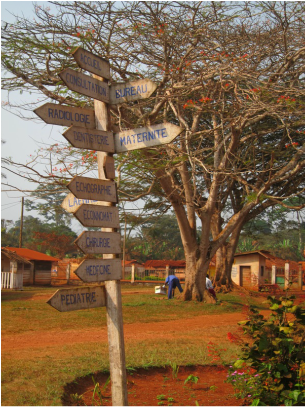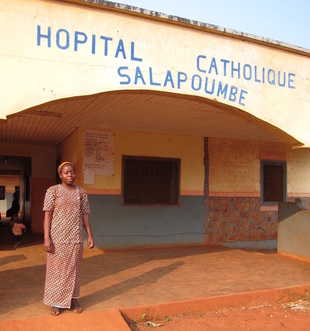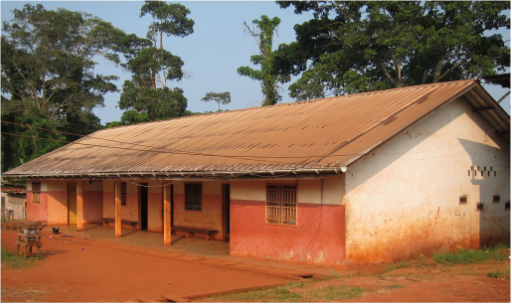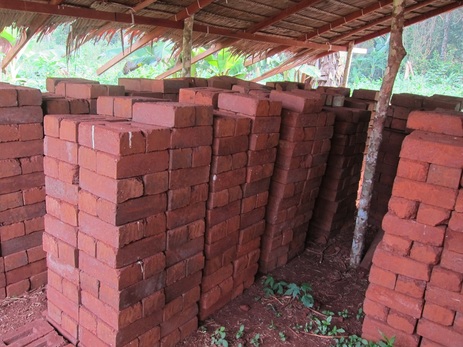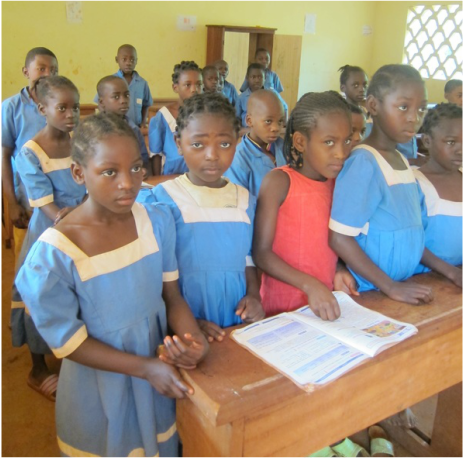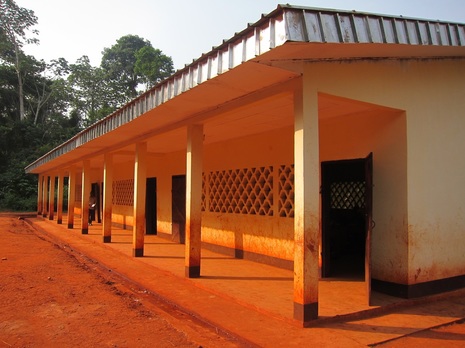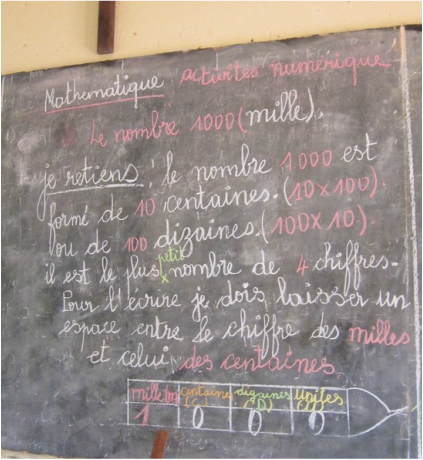Southeastern Cameroon: Straddling Poverty and Diversity
The southeastern corner of Cameroon is home to forest communities that live far below international indicators of poverty. While the surrounding forest is globally recognized for its rich flora and fauna, the socioeconomic realities of people’s lives in this forest are challenged by access to stable sources of protein. Ironically, it is in part because of international recognition that vast tracks of the forest have been set aside as national parks and UNESCO-recognized world heritage sites; as a result, people’s hunting practices have been curtailed and nutritional status has declined. Because of the confiscation of larger hunting weapons, people seldom hunt large forest mammals. Instead, there has been a resurgence in hunting by means of bows and cross-bows, leading to increased hunting of primates, birds, and other small animals.
The southeastern corner of Cameroon is home to forest communities that live far below international indicators of poverty. While the surrounding forest is globally recognized for its rich flora and fauna, the socioeconomic realities of people’s lives in this forest are challenged by access to stable sources of protein. Ironically, it is in part because of international recognition that vast tracks of the forest have been set aside as national parks and UNESCO-recognized world heritage sites; as a result, people’s hunting practices have been curtailed and nutritional status has declined. Because of the confiscation of larger hunting weapons, people seldom hunt large forest mammals. Instead, there has been a resurgence in hunting by means of bows and cross-bows, leading to increased hunting of primates, birds, and other small animals.
|
This increase in primate hunting comes just as researchers have identified this particular region of southeastern Cameroon as the forest where HIV successfully crossed the species barrier from primates (chimpanzees) to humans during the first half of the twentieth century. This immunodeficiency virus—now in the form of both HIV and SIV (simian immunodeficiency virus)—has genetic roots in two species of monkeys, having crossed from monkeys to chimpanzees in centuries past. Ongoing virological research underscores the potential danger of contemporary hunting patterns in which protein deficient forest communities rely increasingly heavily on primates and other small mammals (bats, birds, rodents, porcupines) because their access to larger
game has been curtailed. |
It is in this context that, together with community leaders in southeastern Cameroon, I seek partnership with individuals and organizations concerned with the health and sustainability of social and ecological systems. My research into the political ecology and environmental history of southeastern Cameroon continues, and my engagement with local communities to improve their socioeconomic conditions of daily life accelerates. Together with a trained local agronomist, we are developing plans for a protein replacement project that would gradually introduce carefully selected high protein legumes as well as small livestock, such as chickens, along with training and education for local people. We seek partners to help fund this project, and we welcome input from individuals and organizations that may have access to resources and ideas that would benefit local communities of the Lobéké forest region in southeastern Cameroon.
Catholic Hospital of Salapoumbé
|
Health care in southeastern Cameroon is extremely limited, with medical services provided by the Catholic Hospital of Salapoumbé providing the most efficient, effective care for a region that includes over 1000 km2. The hospital began as a small health center in the 1975 and was formally licensed as a hospital in 2008. Sister Geneviève Aubry, who belongs to the congregation Filles de Sainte-Marie de la Presentation, has been the head of the health center / hospital since the 1995. She not only oversees all medical procedures, but she also runs the administrative workings of the hospital, technology, materials, and logistics, building projects, education and community outreach, and fundraising. Sister Geneviève is an incredibly effective, tireless leader who has dedicated her life to the health and well-being of the forest communities of southeastern Cameroon.
|
|
The hospital provides a variety of medical and educational services: prenatal screenings for expectant mothers, including nutritional programs and ultrasound screenings for complications during pregnancy; maternity services; pediatric vaccinations and check-ups; care for infectious and chronic diseases, including HIV/AIDS, tuberculosis, and malaria; and urgent care for all in the region who need access to emergency medical procedures, including surgery. The health workers based at Salapoumbé also provide periodic nutritional and vaccination clinics in villages throughout the region.
|
Sister Geneviève raises funds to support the hospital through grass-roots fundraising in her home-region of France, Normandy. She writes for the widely circulating French regional newspapers, and receives generous contributions from her enthusiastic readers. Geneviève's family also hosts annual fundraising events in France, all to benefit the people of southeastern Cameroon. In 2001, I organized a sizable grant from the Speros Martel Foundation, based in Houston, TX, where I had worked as an administrative assistant one summer during high school, to support the work of what was then the Health Center at Salapoumbé (it was not yet licensed as a hospital). The Martel Foundation generously provided funding for the construction of a maternity and pediatrics building, the ultrasound equipment, a diesel generator, and a 4x4 vehicle. |
Beginning in 2014, Sister Geneviève began planning a new primary school for the children of Salapoumbé. She raised the funding from the French and U.S. Embassies in Yaoundé, drew up the plans with a local Cameroonian building, and hired villagers to help her form bricks from mud and bake them in the sun. A Cameroonian construction group hired local workers to build the three-room school building, which opened for classes in August, 2015. Residents of Salapoumbé have now been asking for a kindergarten to prepare students for first grade, as well as higher grades so that children can prepare for middle school. Sister Geneviève is planning to add three more classes in 2016-17. The teachers are Bangando and Baka from the area, facilitating instruction in French as well as in local languages.
